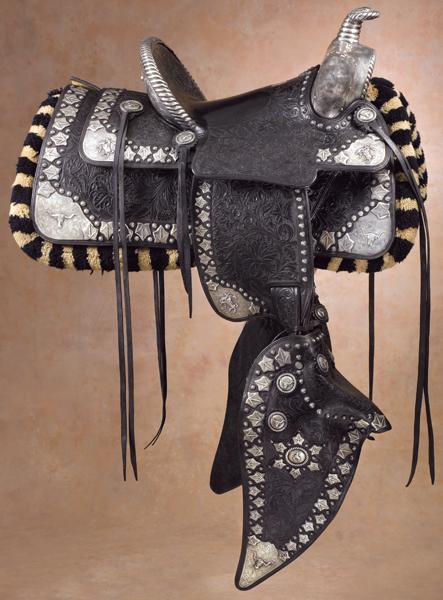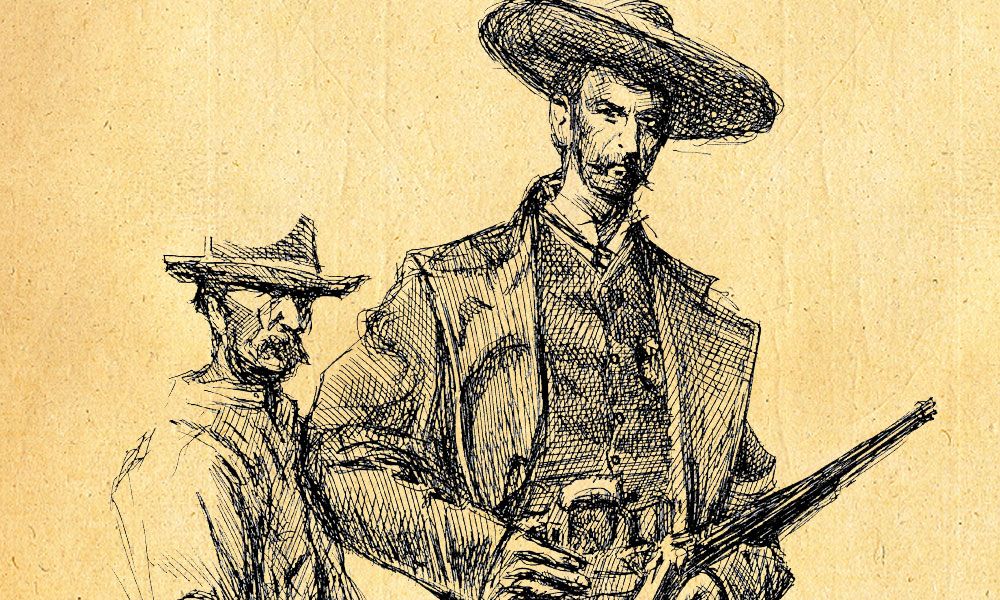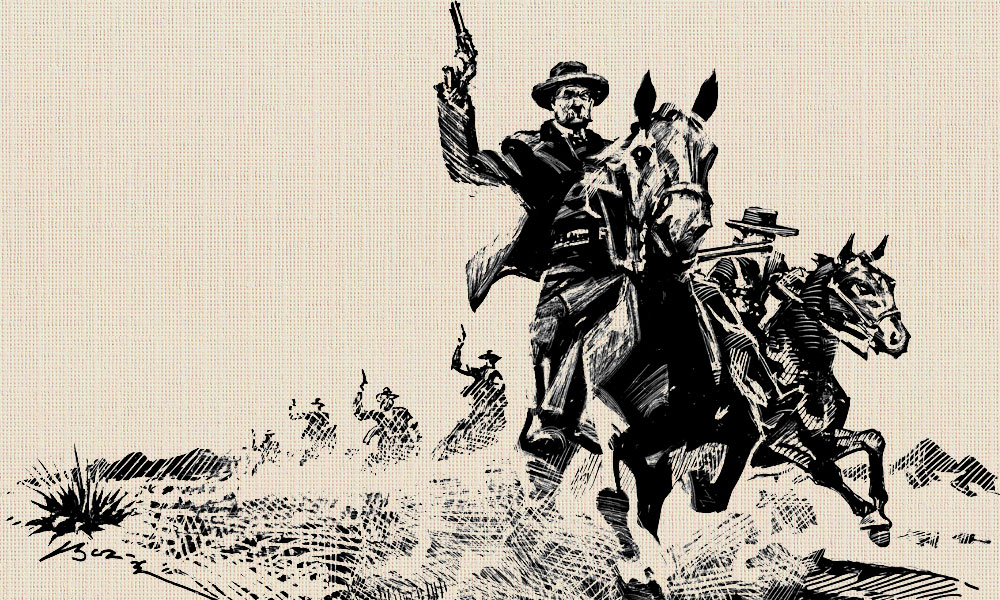 Saddles were so vital to 19th-century cowboy life that punchers often spent at least two months of pay on serviceable rigs, with more ornate saddles costing as much as a year’s salary.
Saddles were so vital to 19th-century cowboy life that punchers often spent at least two months of pay on serviceable rigs, with more ornate saddles costing as much as a year’s salary.
Collectors of Western gear are willing to spend much more than the average American’s monthly salary. With last year’s average salary at $39,795, saddles would have to sell for around $6,632 for two months of work. The premium saddles would sell for almost $40,000.
But at this year’s High Noon Western Americana auction on January 28 in Phoenix, Arizona, the lowest of the top-selling saddles sold for higher than the average salary. Most of these collectible saddles date to the show saddles of the 1920s-1930s. One rare exception was a half seat saddle from the Sioux tribe, dating to around 1890.
At this sale, the oldest saddle company around garnered the lowest price. Visalia Saddle Company began in 1869 when Juan Martarell and his partners Alsalio Herrera and Ricardo Mattley opened their first store in Visalia, California. Competition with other saddleries forced Martarell to sell the business to D.E. Walker and Henry Shuhman, which is where the famous “D.E. Walker” brand comes from (as well as the saying “Walker’s—The Saddle You ‘Swear By’—But Not At”). The company eventually moved to San Francisco, which was the preeminent saddle making center until the earthquake and fire of 1906.
A Brydon Bros. saddle took third place. This prominent saddle house was founded in 1902 and remained in good graces until 1935. That year, five saddle makers purchased the company, but the business failed shortly thereafter, thanks to an embezzling office manager.
By the 1920s, though, a new saddler had stepped on the scene and was attracting the loyal customers of these old-time saddleries because of his innovative product designs and salesmanship. His name was Edward H. Bohlin, who, ironically, sold most of his best and expensive work during the Great Depression. During the 1930s-40s, Bohlin outfitted more than 90 percent of the equipment used during the annual Tournament of the Roses Parade in Pasadena, California, reports his biographer James Nottage. Nottage adds that between 1920-74, Bohlin’s company produced 12,185 saddles. So far, Bohlin’s saddles have been selling for amounts in the low six figures. One of Bohlin’s saddles topped them all at this year’s auction.
From the influential cadre of saddlers in the cowtown of Visalia to those from the “Saddlemaker to the Stars” (as actor Tom Mix called Bohlin), saddles are still a cowboy favorite. Collectors are just willing to spend more than a salary’s worth these days.
Photo Gallery
This silver parade saddle, dating to the early 1920s, sold at auction for $40,000. The High Back is adorned with silver conchos and engraved with holly leaves and an American Eagle on each fender. California Grizzly Bears are embellished on the large 16-inch seat, silver corner plates and stirrups. The silver cantle cover features original scallops, while its perimeter is laced with rawhide.
This saddle is a rare example of a cross-over saddle; it sold for a $75,000 bid. The circa 1890 saddle features beautifully executed American flags and geometric designs, while the cinch has a colorful checkboard design. The saddle is labeled, “James Colombe,” which may be the name of the first owner.
Edward Bohlin’s parade saddle, with matching bridle, breast collar, corona and bit, sold for a $100,000 bid. The circa 1930-1940s saddle is embellished with sterling silver leaf designs and a raised buffalo on the horn. Its corners are mounted with steerheads and bucking broncs.
This Visalia silver saddle, with matching breast collar and bridle, dates to the company’s San Francisco era in the 1930s and sold at auction for $55,000. The two-tone saddle features ornate silver conchos and floral carvings with a lion on the jockey, eagle on the skirt and bird on the pommel. Heavy gauge silver mountains with sunbursts are embellished on the corners.










